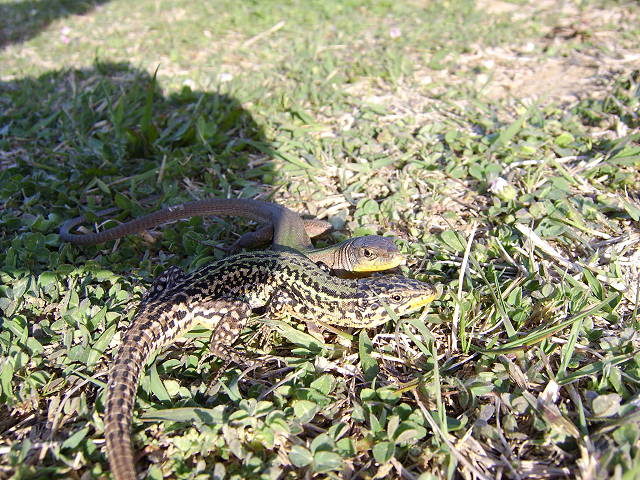Report on our trip to the central Dalmatinian coast from April, 14th to April, 17th, 2006 Team: Thomas Bader, Michael Duda, Johannes Hill, Berislav Horvatic, Gerald Ochsenhofer, Christoph Riegler, Mario Schweiger, Wolfgang Simlinger |
On Friday, April 14th we started in Vienna at 2:00 a.m. Driving on the new highway we reached Split at 10:30 a.m. The weather was fine at our arrival, but a cool, in the mountains cold wind was blowing. At the end of the highway we stopped at a small pond. There we found Hyla arborea, Natrix natrix persa, in the surroundings Lacerta trilineata and Podarcis melisellensis. |
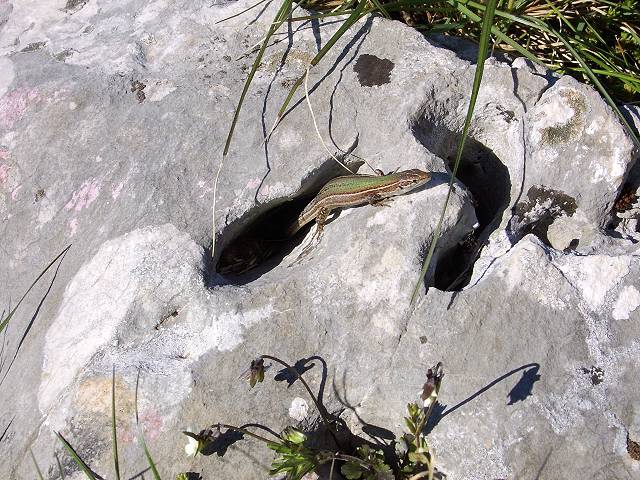 Podarcis melisellensis, female |
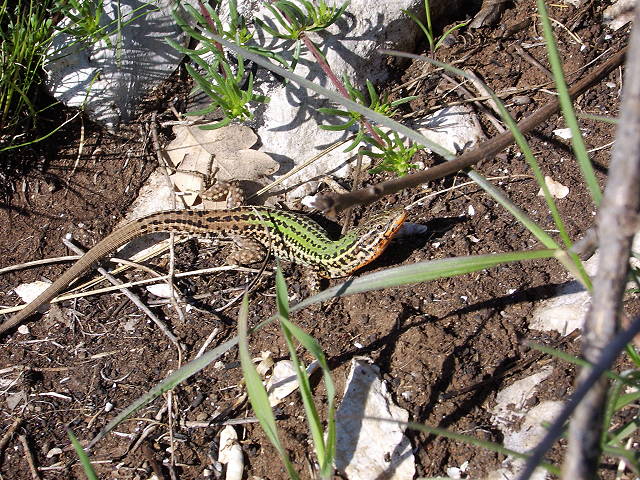 Podarcis melisellensis, male |
| Along the coastal road we drove to Makarska. Between the Mosor- and Biokovo mountains we had a look at the gap. It was very windy, so only one single Lacerta trilineata was seen. |
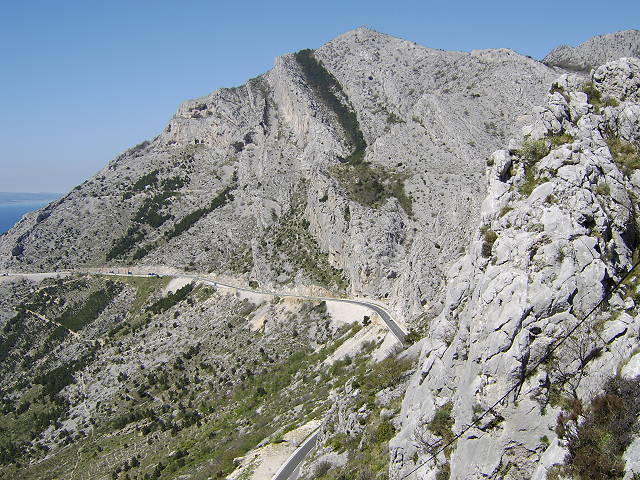 Mosor mountains at their eastern end. |
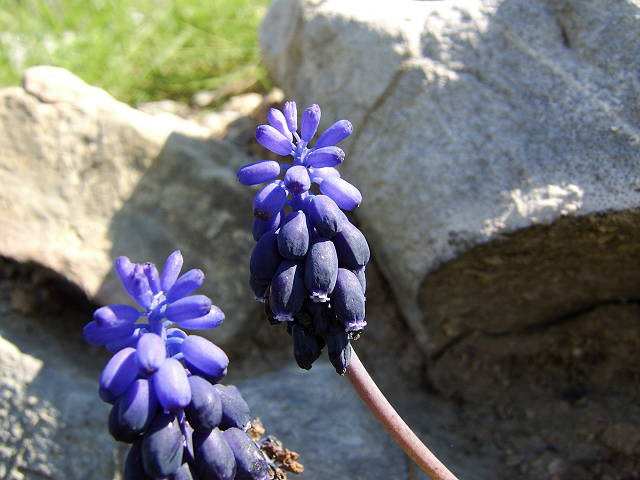 Muscari sp. |
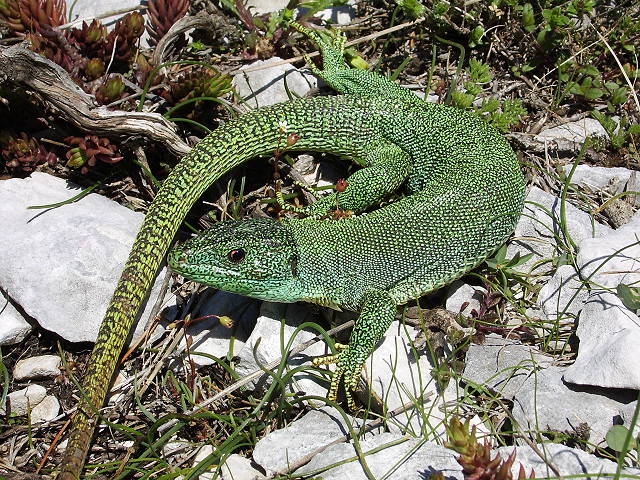 Lacerta trilineata from eastern slopes of Mosor mountains. |
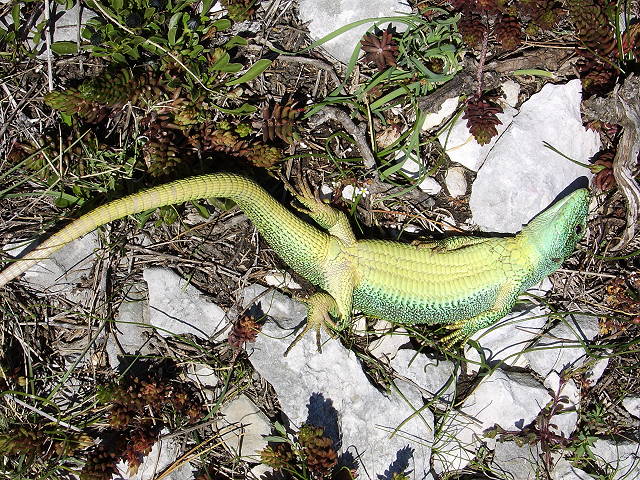 Lacerta trilineata in Akinese |
| In the afternoon we drove up to the Biokovo National Park, to look for Lacerta mosorensis. But we have not been lucky, maybe due to cold and strong wind. |
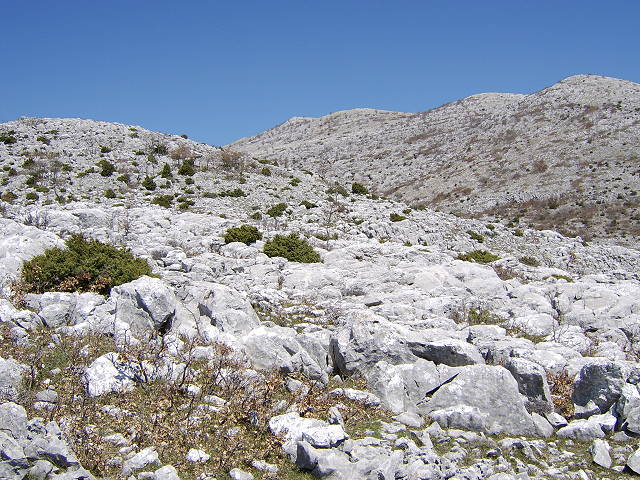 Biokovo in ca. above sea level |
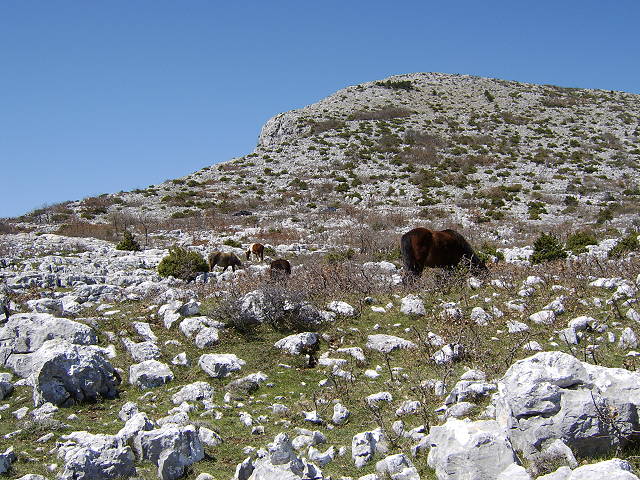 |
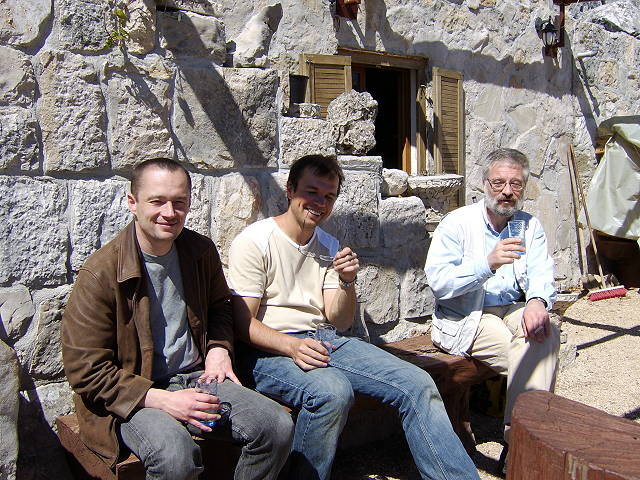 Some of our team. From left: Johannes Hill, Thomas Bader, Berislav Horvatic |
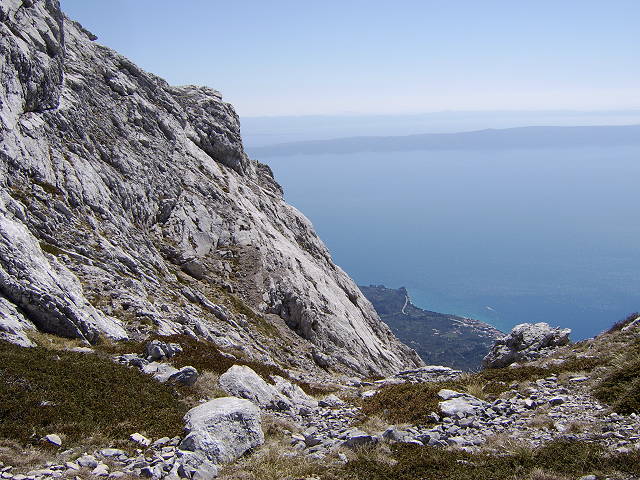 View down to Tucepi from Biokovo mountain |
| Day 2: April 15th, 2006 A daytrip brought us down to the Neretva Delta and its surroundings. At a stop, south of Makarska, in an olive garden we found Pseudopus apodus, Testudo herm. hecegovinensis, Podarcis melisellensis, Lacerta trilineata and Hierophis gemonensis. |
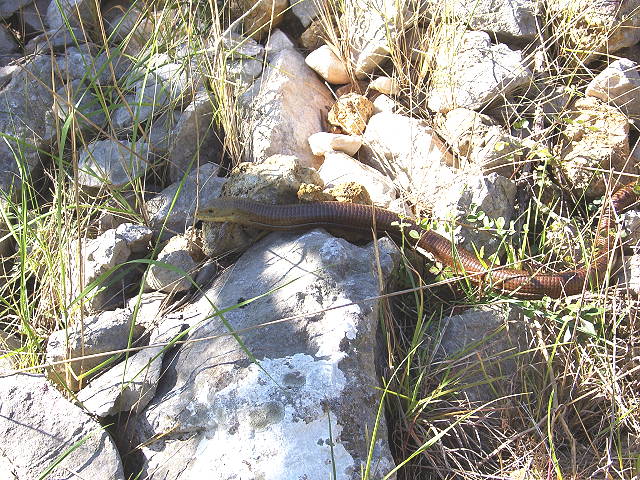 Pseudopus apodus |
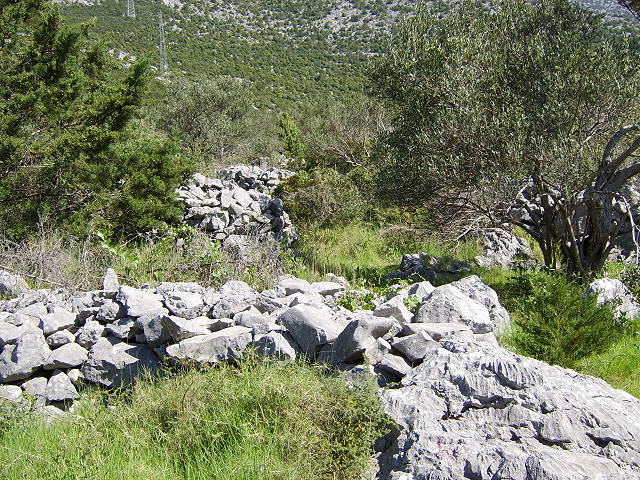 Olive garden. Locality of species, mentioned above. |
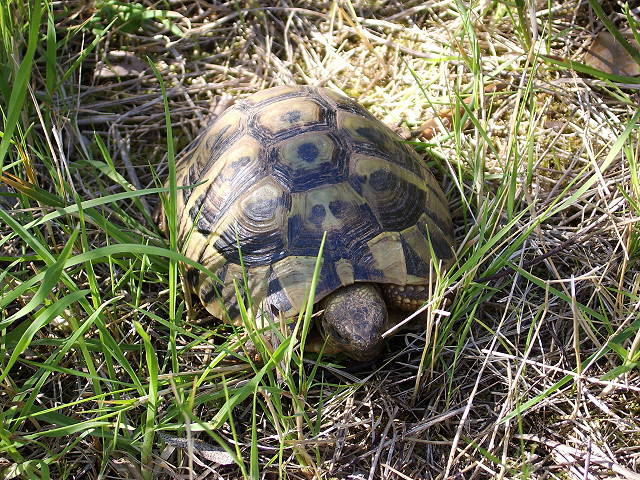 Testudo herm. hecegovinensis |
| Short before the Delta we reached
the Bacinska lakes. The lakes, channels and also the hills are rich on herps. We found: Rana ridibunda, Hyla arborea, Testudo herm. hecegovinensis, Emys orbicularis, Lacerta trilineata, Podarcis melisellensis, Lacerta oxycephala, Pseudopus apodus, Natrix natrix persa, Natrix tessellata, Platyceps najadum and Hierophis gemonensis. |
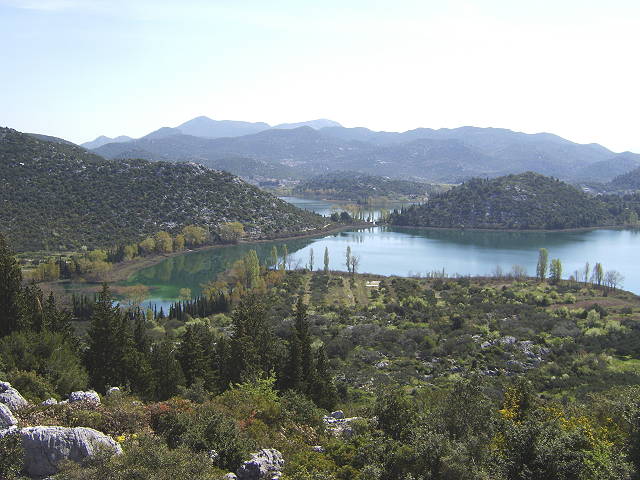 Bacinska lakes |
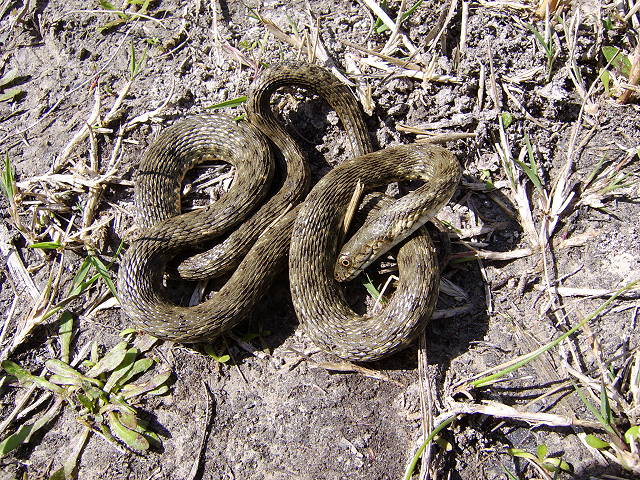 Natrix tessellata playing death |
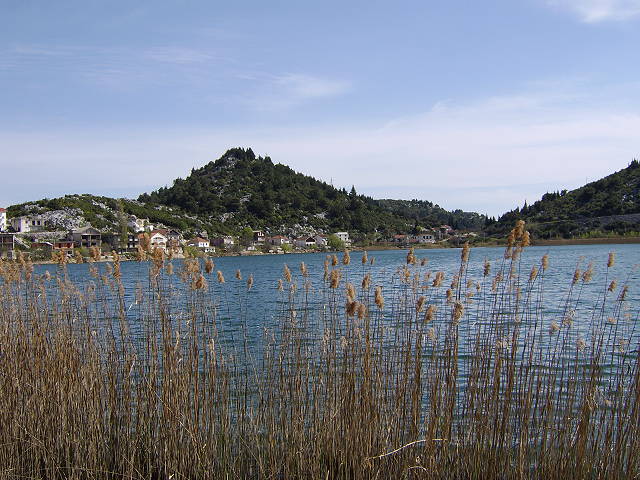 |
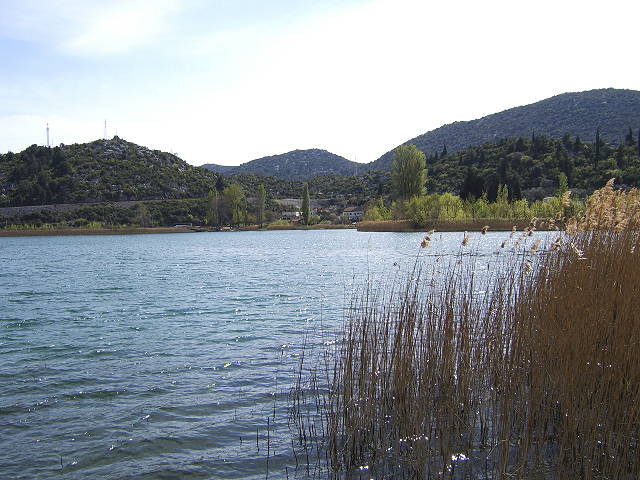 Bacinska lakes |
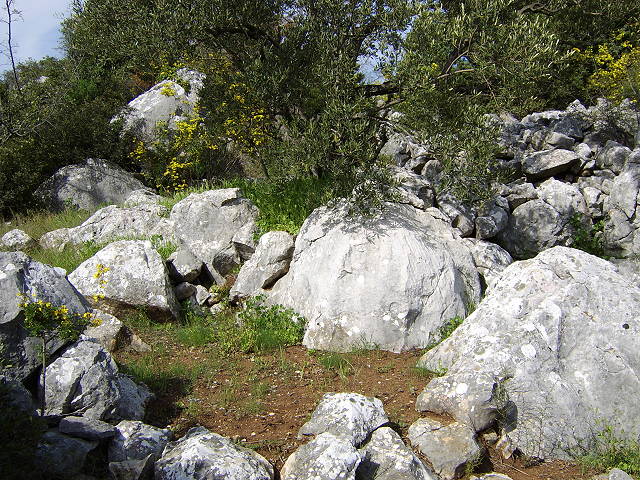 Habitat of Lacerta trilineata und Podarcis melisellensis, and Lacerta oxycephala on the larger rocks. |
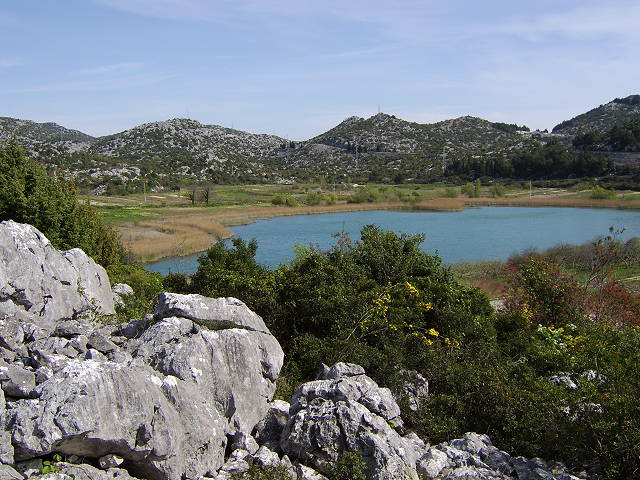 |
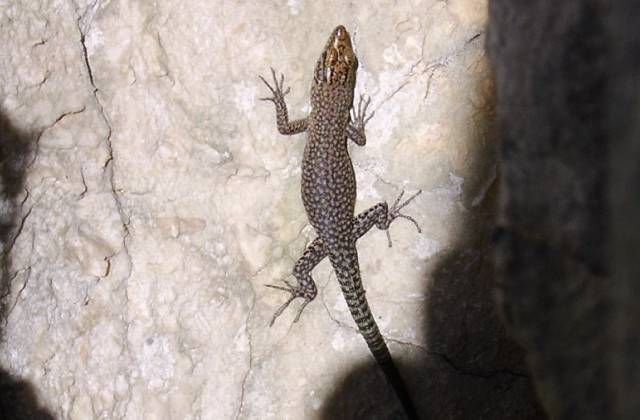 subadult Lacerta oxycephala |
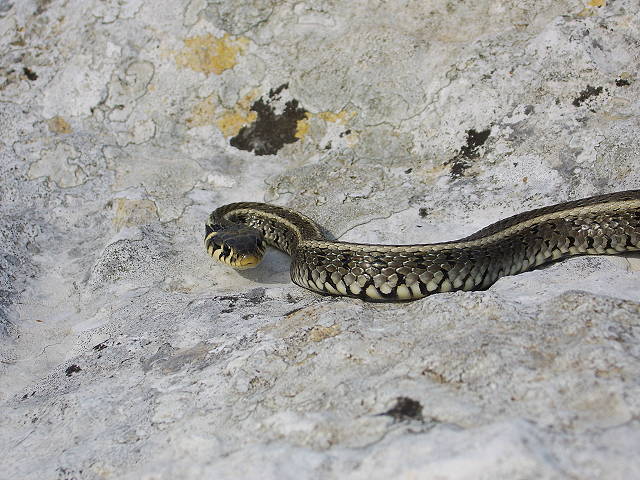 Natrix natrix persa |
|
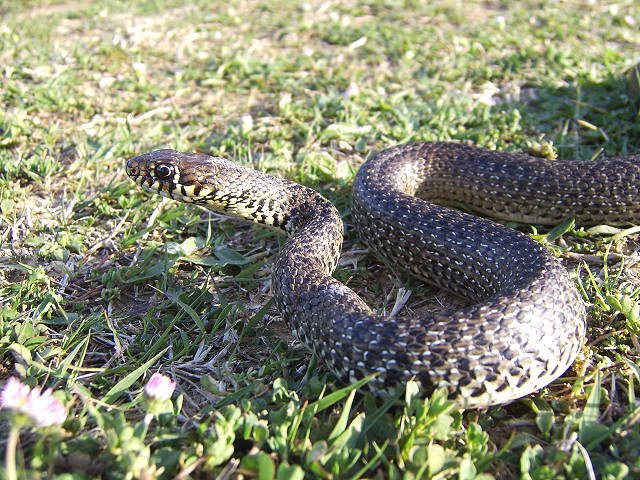 Hierophis gemonensis |
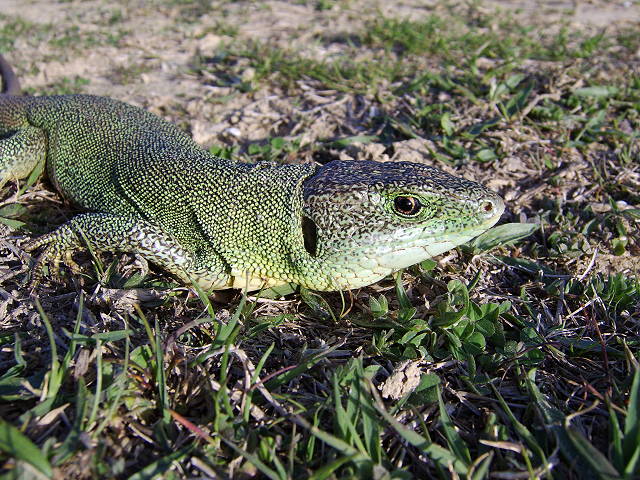 Lacerta trilineata |
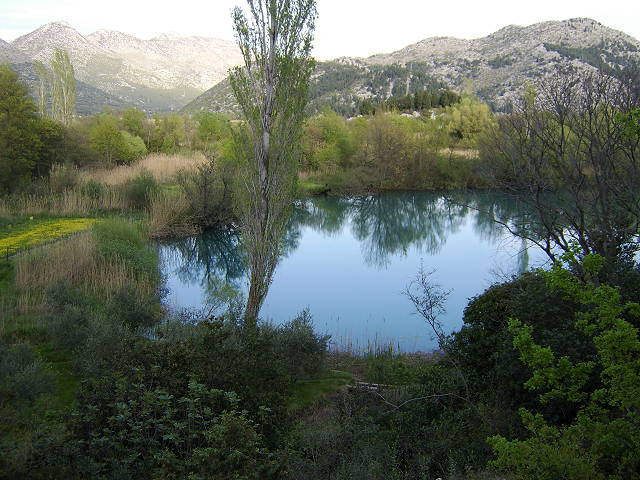 This lake is called "Blue Eye" |
| Day 3: April 16th, 2006 Due to rainy weather we decided to leave Makarska and drive back to the north. This was a good idea, the weather was much better from Split to the north. First we drove land inside from Brela, following then the Cetina river back to the coast at Omis. Close to this town we heared Bufo viridis in a ditch. |
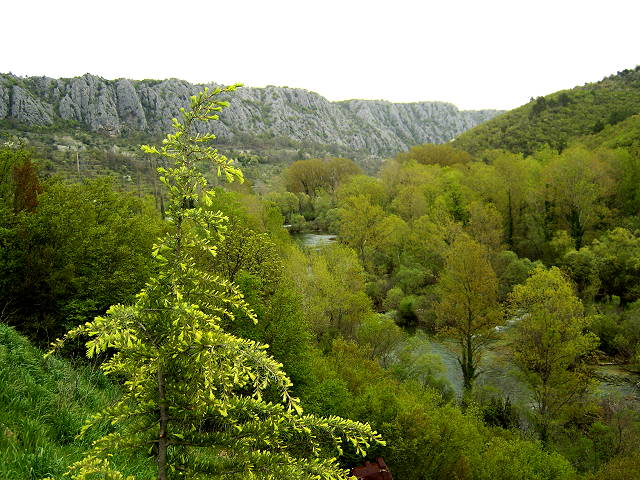 Cetina river near the village Podgrade. At the slopes we found Pseudopus apodus, Lacerta trilineata und Algyroides nigropunctatus. |
| After reaching Trogir, we visited
this very nice town and had lunch. A closed camping area at this time of the year, north of Trogir was our next stop. Podarcis siculus, Lacerta trilineata, Testudo herm. hecegovinensis und Hierophis gemonensis have been found. |
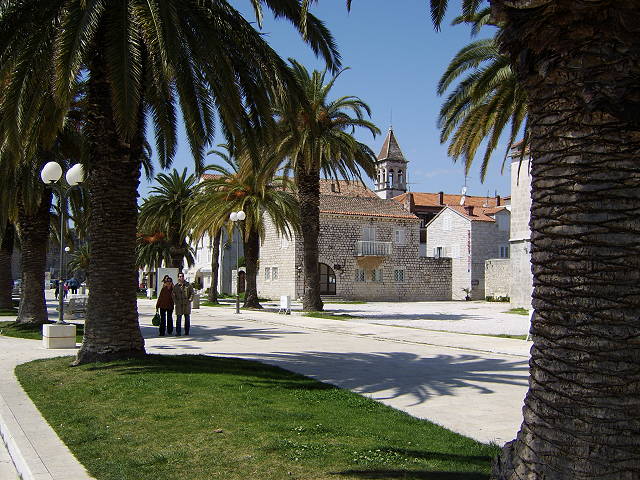 |
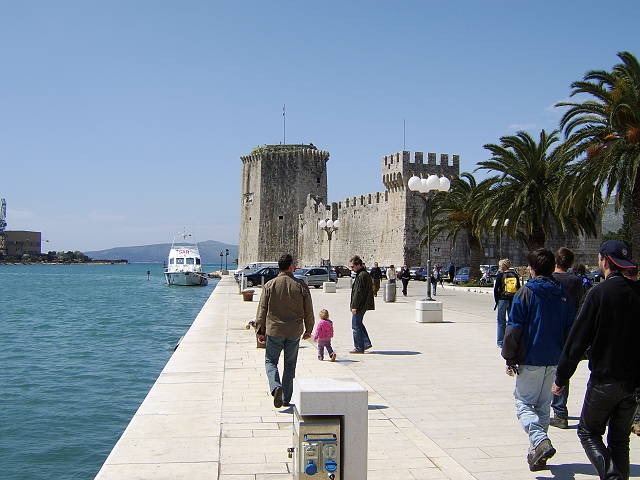 |
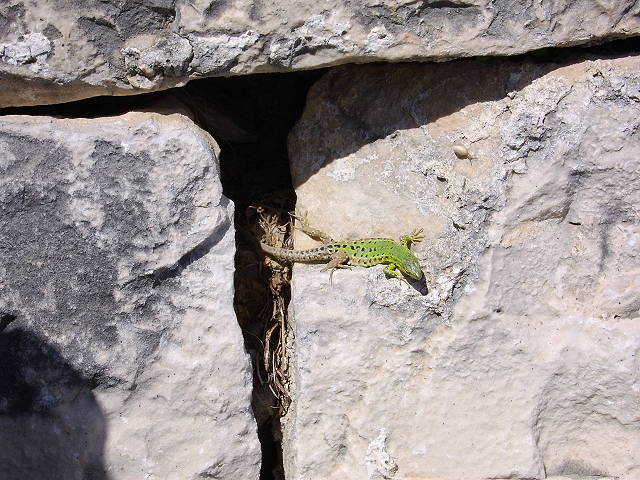 Podarcis siculus at the wall of the castel in Trogir. |
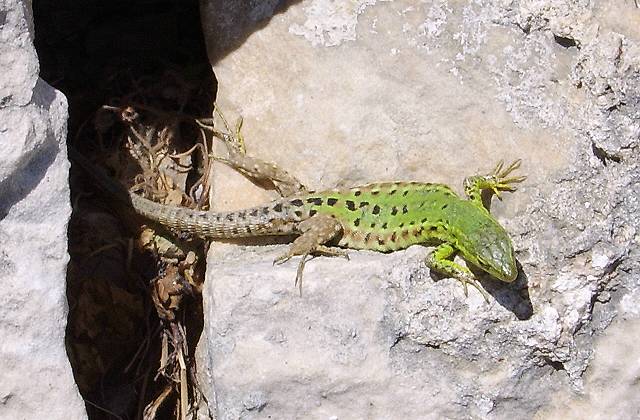 |
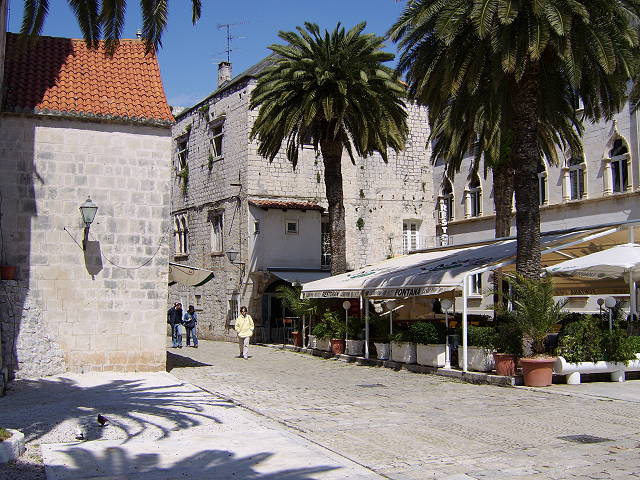 |
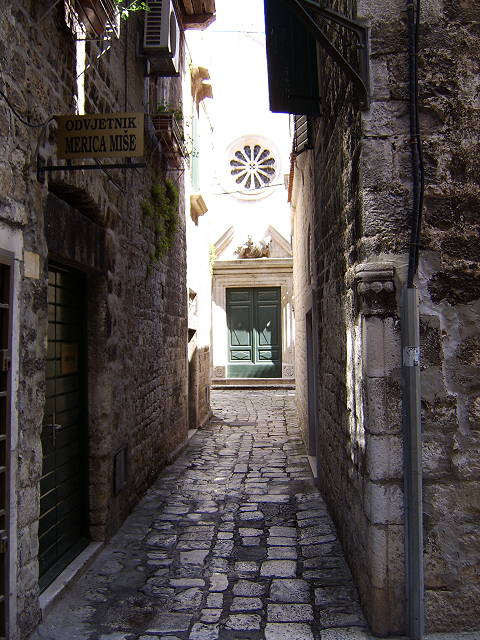 |
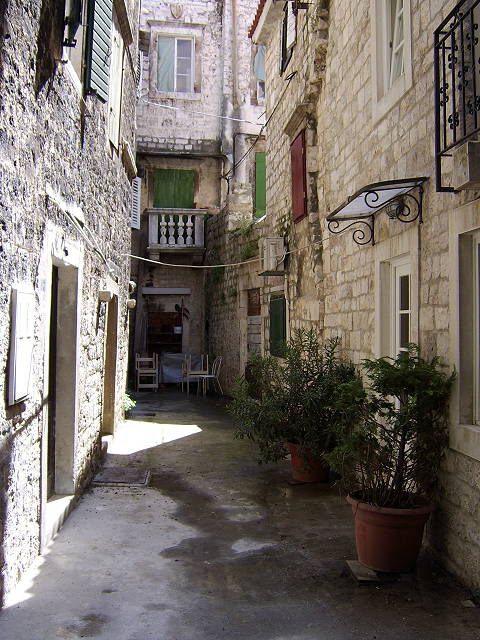 |
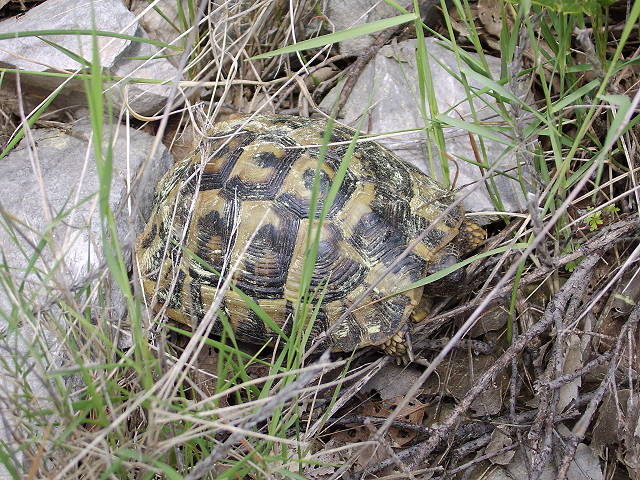 Testudo herm. hecegovinensis north of Trogir. The "yellow dust" on the carapax is washed down by the rain from the pine trees. |
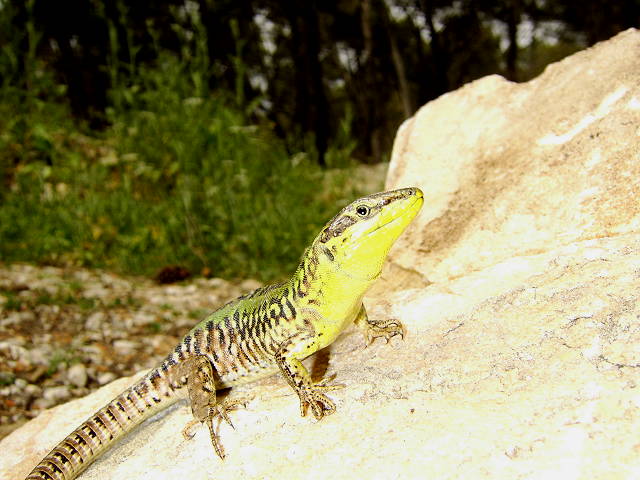 Podarcis siculus north of Trogir. Watch the yellow thoat, unusual for this area. |
| Day 4: April, 17th, 2006 After sleeping in Primosten, we checked the surroundings of this village up to Sibenik. Along the coast as well as the hinterland. |
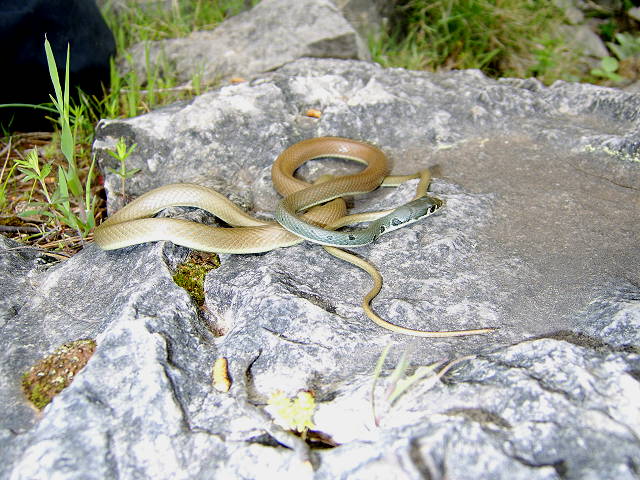 Platyceps najadum |
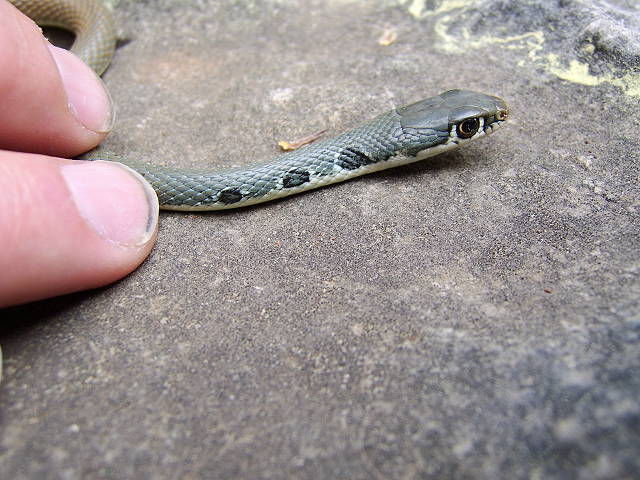 |
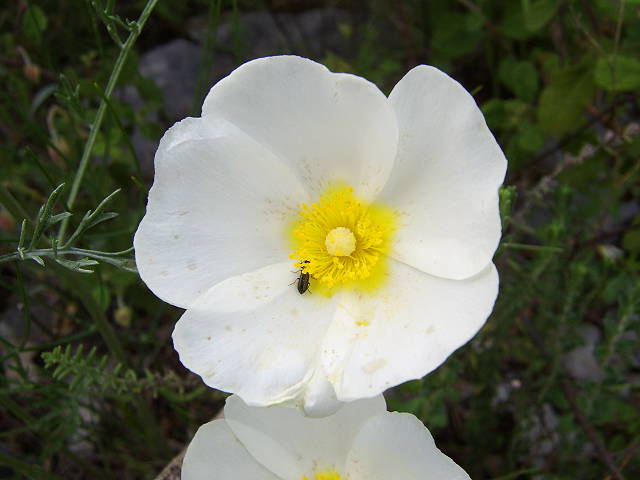 Cistus sp. |
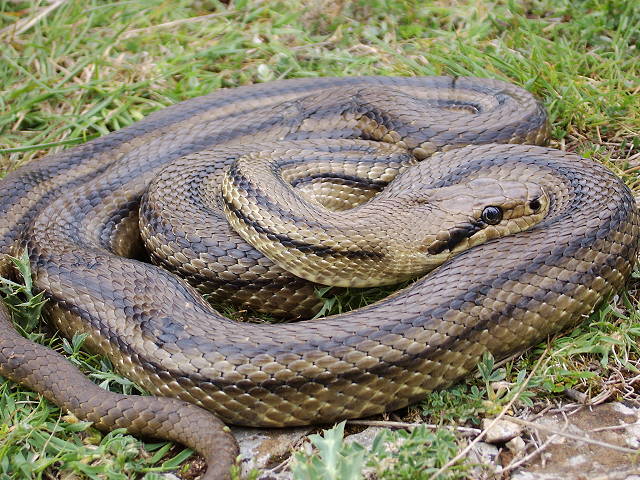 Elaphe quatuorlineata |
| About 3:00 p.m. we started back to
Austria. Although the weather conditions haven´t been the best - mostly a cool to cold wind was blowing - we found many of the herps, living in the areas, visited by us. Pseudopus apodus and Lacerta trilineata have been very common. Others have been found only in low numbers or even single specimens. Unfortunately we haven´t been successfull in finding Lacerta mosorensis. Also no Vipera ammodytes have been seen. The only Zamenis situla we found dead on road, a large specimen, about 85 cms long. |
